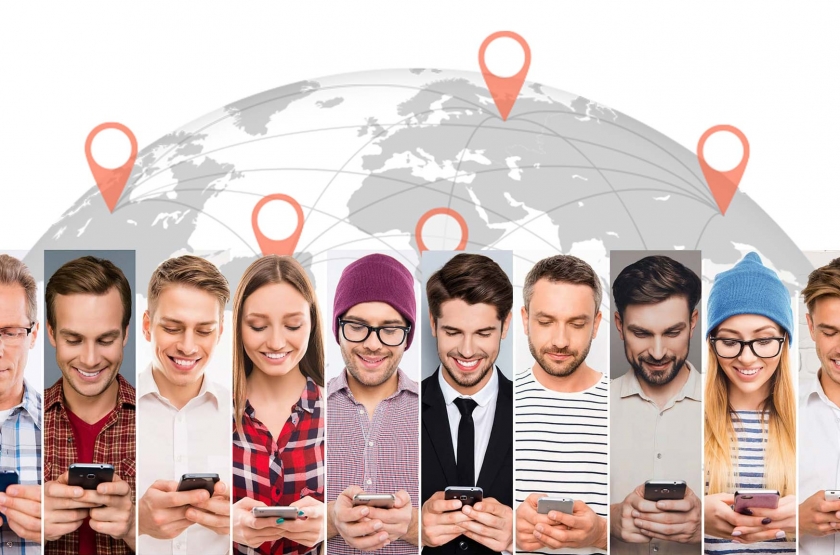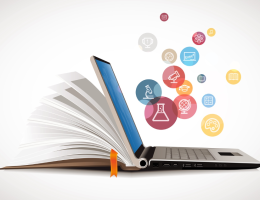Mobile translation meets language quality for life sciences
- Miley Thomas
- March 8, 2016
- 5,832 views

Some people mistake mobile translation as simply translating the user interface of mobile apps into different languages. Mobile translation is more than just mobile app localization however. Mobile translation really means translators translating on their smartphones instead of desktop computers. While the difference between translating on mobile and desktop translation may seem like just a minor technicality, the implications are huge. Mobile translation fundamentally changes the translation game by opening up translation to a much larger part of the world’s bilingual people who specialize in a variety of subject matter fields such as life sciences, finance, law, and engineering, to name just a few.
Without free and easy access to mobile translation, these bilingual subject matter experts would have very little opportunities to translate or conduct linguistic review for improved language quality. Now mobile translation finally enables these subject matter experts to translate.
Harnessing the collective knowledge of life science experts for improved translation quality
Doctors understand medical texts better. The same is true in any number of industries. Industry experts are already in command of domain specific terminology and understand the way their industry speaks about its subject matter. However, until now, medical experts have been unable to participate in the translation process, largely because traditional translation software is desktop-based and difficult to use, shutting them out from taking on translation or linguistic reviews.
Now, new mobile translation technology is able to harness the knowledge of these experts to help translate highly technical content for much better technical accuracy and improved readability.
Stepes is an Uber-esque translation service employing a mobile chat-based interface to allow subject matter experts to easily translate on their smartphones when and where they want. Stepes gives life science experts a way to contribute to public knowledge and global development by translating industry-specific content in their free time and earn money while doing so. There is no better solution for improving translation quality than having people who are passionate about the subject matter do the translation themselves.
Who cares if translation is done on mobile or desktop?
Mobile translation opens up many new and exciting opportunities and applications, some of which we can’t even fathom at the present time.
The advent of the laser printer is a great case study for mobile translation’s future impact. Before Apple introduced the laser printer in the early 1980s, personal publishing was not something most individuals could afford. To print anything that was remotely professional looking, people would have to pay a commercial printer substantial sums of money and wait for long periods of time. As a result, very few people or even businesses outside of the professional places published anything on their own. This significantly limited knowledge sharing and the collective creativities of the masses. Fast forward 20 years, and the world’s first smartphone camera was born. Smartphone cameras allowed anyone to take pictures when and where they want. As a result, we witnessed an explosion of the number of pictures of nearly anything we could think of. In fact, the smartphone cameras have created entirely new multi-billion dollar businesses such as Instagram and Pinterest. Without smartphone cameras, many valuable and historical moments would never have been captured.
When it comes to translation, allowing people to work directly on mobile will create similar changes to the way we live our lives. However, since this article is more focused on medical translation quality, we will narrow our discussions about the benefits of translating on mobile. Here are four ways mobile translation will be a game changer:
- Translation quality has always been a top priority for life sciences translation and localization. Until now, medical experts have been shut out of the linguistic review and translation process. Mobile technology finally provides a viable solution for medical experts to participate in the translation process for results that are better than ever.
- The Uber model of translation makes translation bigger than ever. Current, there are only 250,000 professional translators. Yet there are 6,500 languages spoken in the world. The result? There is a huge mismatch between the supply and demand of translations. Stepes broadens the translation pool by allowing more bilingual people to participate in the translation process, when and where they want.
- Mobile translation has an opportunity to finally usher in an era of Big Translation, where large numbers of people can work on translation projects simultaneously. We need an era of Big Translation that leverages our existing technological tools to scale up translation capabilities to a level that actually matches global communication needs. At the heart of “Big Translation” is the goal of making translation and localization more mainstream.
- Mobile technology will be a big part of the future of translation, changing the way we think about translation tools and the way the localization industry can work. Mobile has the potential to make translation more accessible for both translators and businesses
All in all, mobile translation will have a significant role to play for future translation and localization for the life sciences industry. As globalization demands more global clinical trials, medical devices and pharma products worldwide, mobile translation will be crucial to enabling us to meet the surge in quality medical translation demand.











